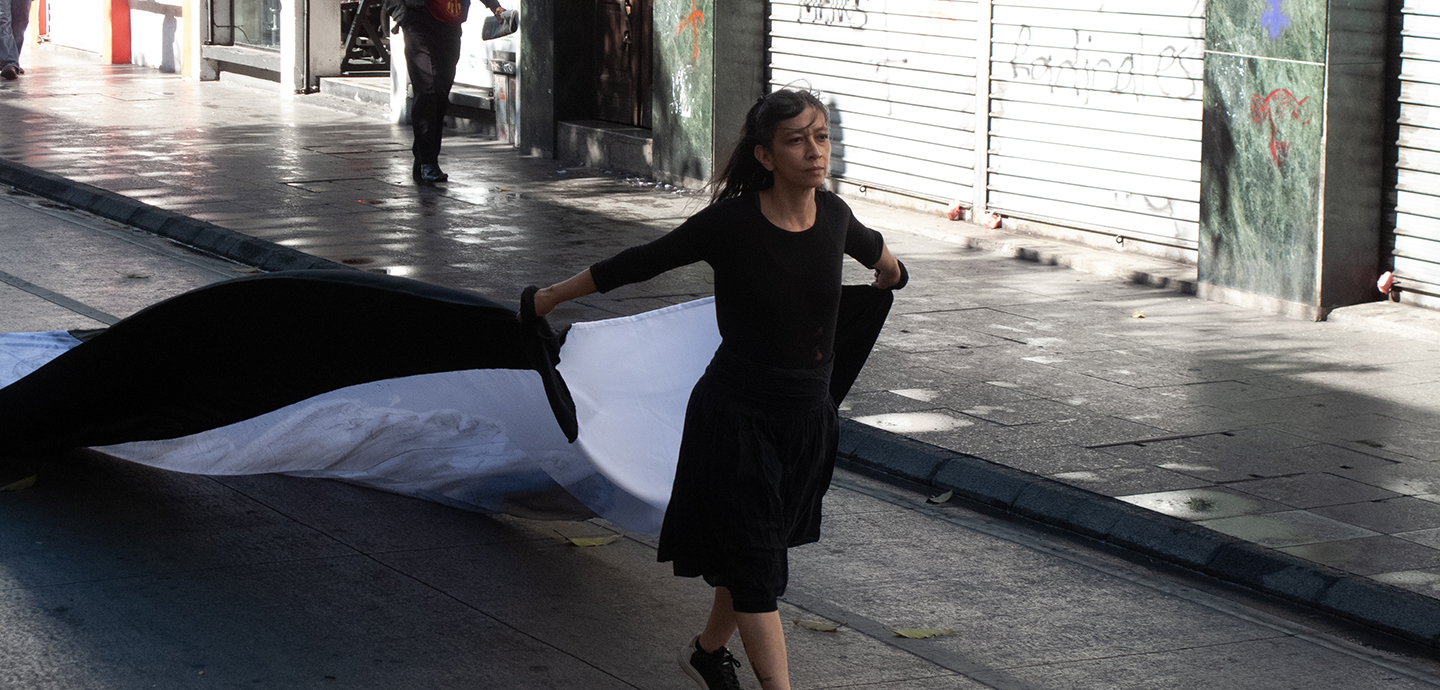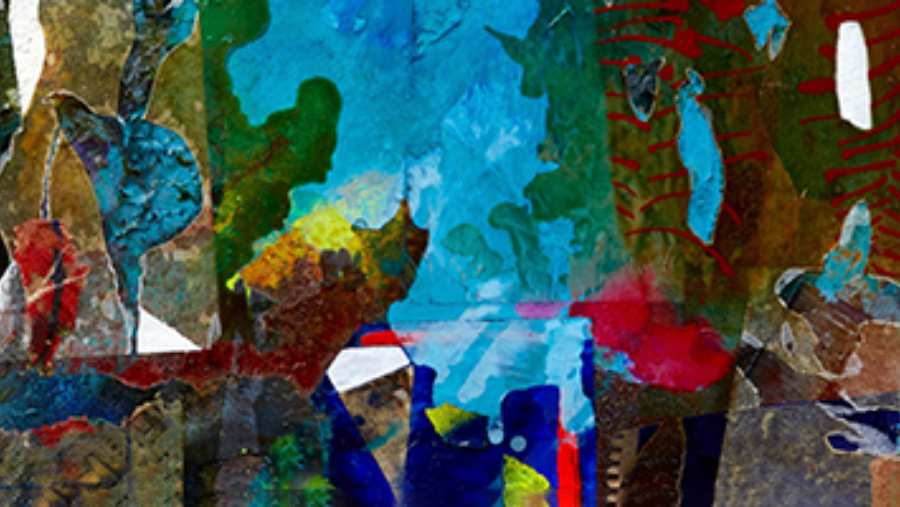Lecture
Location
Abby and Howard Milstein Auditorium
Milstein Hall
Contact
Department of Art
(607) 255-6730
Abstract
This lecture will present the work created over the last 25 years by Guatemalan artist Regina Galindo, beginning with the work she created in the ’90s — in the context of the period when the peace treaty in Guatemala was signed following the country’s 36-year civil war that started through a US intervention in 1954. During this conflict, 200,000 people were killed, and thousands more were displaced or disappeared. This genocide was finally recognized as such in 2013, during the trial against military leader and former president Efraín Ríos Montt.
The lecture will be in Spanish, with live translation to English.
Esta charla presentará un recorrido por el trabajo de esta artista guatemalteca a lo largo de los últimos 25 años, a partir de los años noventas, en el contexto de la firma de la paz en el Guatemala, después de mas de 36 años de guerra civil, que inició con una intervención estadounidense en el año 1954. La guerra dejó un saldo de más de 200 mil muertos, miles de desaparecidos y desplazados en un genocidio que fue reconocido como tal, en 2013 durante el juicio contra el militar y expresidente Efraín Ríos Montt.
El evento será en español con traducción simultánea a inglés.
Biography
Regina José Galindo
Regina José Galindo is a visual artist and poet whose primary medium is performance. Galindo lives and works in Guatemala, using the country’s own context as a starting point to explore and accuse the ethical implications of social violence and injustices related to gender and racial discrimination, as well as human rights abuses arising from the endemic inequalities in power relations of contemporary societies.
Galindo received the Golden Lion for Best Young Artist at the 51st Venice Biennale of Art (2005); in 2011, she was awarded the Prince Claus Award from the Netherlands; in 2019, she received the Soros Art Fellowship, and in 2021, she won the Robert Rauschenberg Prize.
She has also participated in the 49th, 53rd, and 54th Venice Biennials; Documenta 14 in Athens and Kassel; the 9th International Biennial of Cuenca, the 29th Biennial of Graphic Arts of Ljubljana, the 11th Shanghai Biennial (2016), the Biennial of Pontevedra in 2010, the 17th Biennial of Sydney, the 2nd Biennial of Moscow, the First Triennial of Auckland, the Venice-Istanbul Exhibition, the 1st Biennial of Art and Architecture of the Canary Islands, the 4th Biennial of Valencia, the 3rd Biennial of Albania, the 2nd Biennial of Prague, and the 3rd Biennial of Lima.
This lecture is cosponsored by Grace Exhibition Space and Central Performance Festival.



